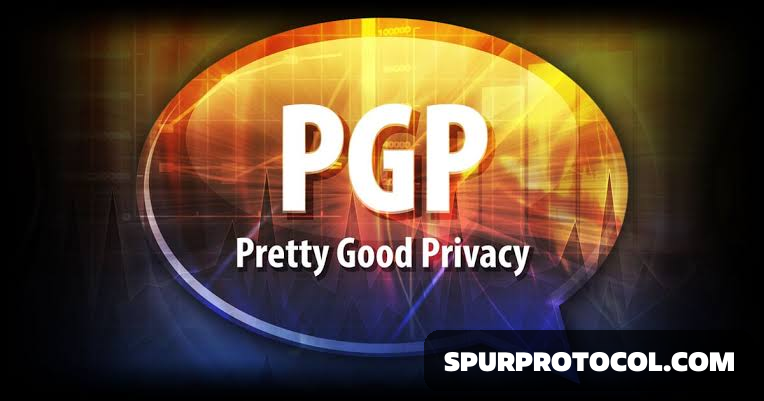Pretty Good Privacy
Pretty Good Privacy (PGP) is a method used to ensure the confidentiality of e-mails by encrypting their contents using various encryption techniques like hashing, data compression, symmetric encryption, and asymmetric encryption. It also supports digital signatures for sender verification.
How Does PGP Encryption Work
As we mentioned, PGP can be used for all sorts of things, including file encryption. But since the technology is so closely associated with protecting email, that's the function we'll focus on here.
Before getting started with a PGP-encrypted email, you'll need three things.
1. A program
- You can't make this work without some kind of technology. Some email programs have PGP built in, but if yours does not, you'll need to invest in the tool.
2. A public key
- A string of numbers and letters, created by a computer, makes up your public key.
- Your communication partners need to know this information to send notes to you. Share it widely. You'll use this key to validate incoming messages and send encrypted messages.
3. A private key
- A string of numbers and letters related to your public key makes up your private key.
- Protect this carefully. You'll need it to work with PGP, but if the information is released, others can read your notes too. You'll use this key to sign outgoing messages and decrypt incoming messages.
When you're ready to send your first message, a predictable sequence begins.
1. Encryption
- You use the recipient's public key to transform the message from plain text to scrambled ciphertext.
2. Sending
You send the note to your recipient, but no one can read it during transit.
3. Decryption
- Your recipient uses a private key to translate the note.
- Some programs take security a step further. They create a session key, unique to each conversation, that is encrypted with the public key of the recipient.
- That encrypted key is the only thing sent to the recipient, and that person's private key decrypts the session key and then the message.
- And some people who are extremely concerned about security go even further. They require a quick phone call between the sender and the recipient to verify identities and keys.
Benefits of PGP encryption
1. Heightened security
- PGP offers a layer of protection that ordinary email programs can't match.
2. Speed.
- Once you're accustomed to using PGP encryption tools, sending and receiving messages becomes second nature. You won't notice the moments you spend encrypting and decrypting your files.
3. Selectivity
- You're not tied to encrypting every file on your computer or every email you send. Use the technology when you need to, and allow the rest of your work to go on as usual.
Common drawbacks associated with PGP include:
1. False sense of security.
- Hackers can get around PGP protections by digging into the way servers both send and store email. Companies must ensure that they've created a strong security boundary for all files rather than relying on PGP alone.
2. Prior communication requirements.
- You can't send a protected note to just anyone. You must have that person's public key to start the conversation. If you don't have that piece, you can't get started.
3. Risk of loss.
- If you misplace or forget your private key, you'll never be able to read the messages heading your way. If someone steals it, you're in even bigger trouble, as that person will read all of your notes.

